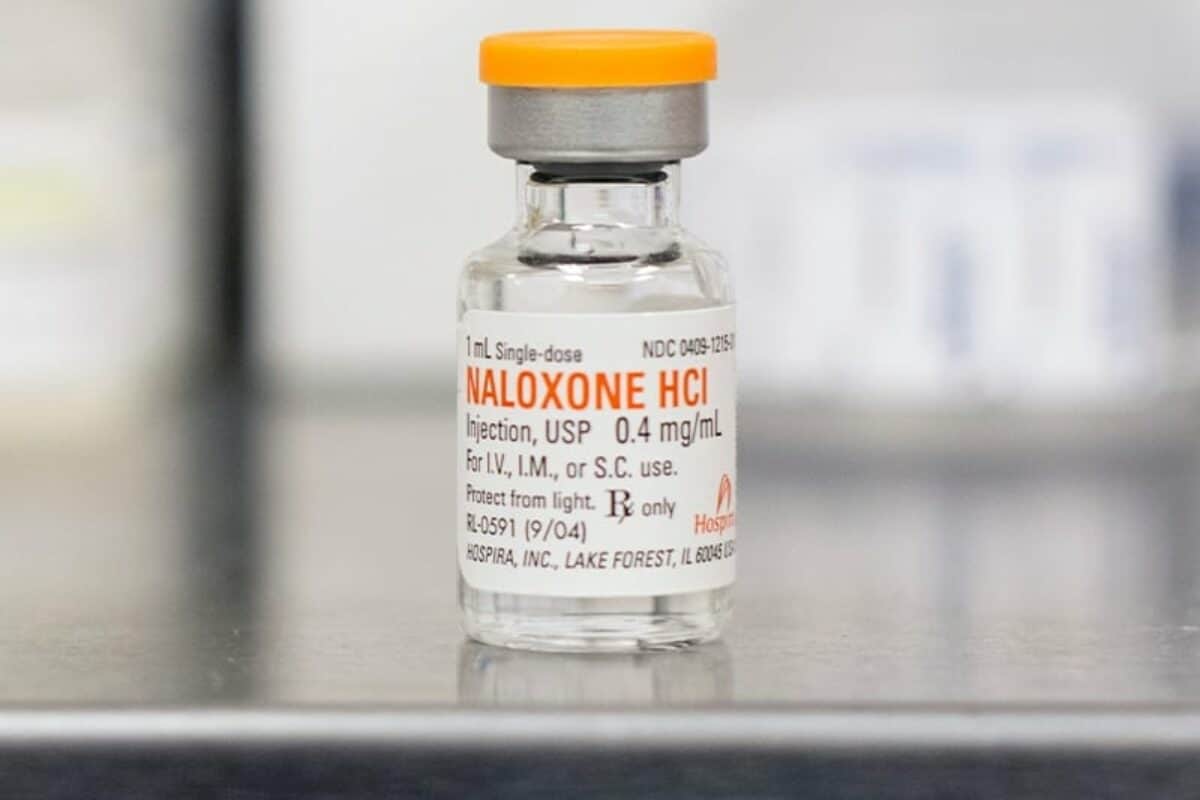The epidemic of heroin and opioid abuse and overdoses has sparked a litany of legislation in the states and at the federal level as lawmakers scramble to save lives and curtail the escalating abuse crisis. One of the key components in the fight against heroin and opioid overdoses is the drug Naloxone, manufactured by Amphaster Pharmaceuticals.
Naloxone has proven an effective overdose reversal drug for people experiencing opioid overdoses, including morphine, heroin, OxyContin, Vicodin, and Percocet. Amphaster Pharmaceutical came under fire in 2015 for allegations made by state and federal lawmakers that exploited its monopoly on the manufacturing of Naloxone by increasing the prices.
Despite this controversy, there is no question the demand for Naloxone remains high due to its effectiveness in reversing overdoses, and the sustained rise in opioid abuse nationwide. States have initiated a number of programs aimed at getting Naloxone into the hands of more people in order to prevent overdose deaths. States are now expanding opioid abuse prevention strategies to include funding to provide first responders and others access to Naloxone.
This year the trend of expanding the availability of Naloxone has continued as more states have provided funding for broader access to Naloxone. In Louisiana, HB 1007 was signed by Democratic Gov. John Bel Edwards on June 5, 2016. The act authorizes a person or organization acting pursuant to a standing order issued by a healthcare professional who is authorized to prescribe naloxone or another opioid antagonist to store naloxone or another opioid antagonist and dispense naloxone or another opioid antagonist if such activities are performed without charge or compensation. The act also authorizes a licensed pharmacist to dispense naloxone or another opioid antagonist pursuant to a non-patient-specific standing order.
In North Carolina, HB 972 was signed by Republican Gov. Pat McCrory on July 11, 2016. The act authorizes governmental and nongovernmental organizations to establish and operate hypodermic syringe and needle exchange programs. Under the act, the programs would be required to offer access to naloxone kits.
Oregon HB 4124 was signed by Democratic Gov. Kate Brown on April 4, 2016. The act permits pharmacists and certain health care professionals to prescribe and pharmacists to distribute unit-of-use packages of naloxone. The act permits certain employees of social service agencies to administer naloxone under specified conditions, and allows employees who have gone through training to administer naloxone to someone experiencing an overdose even if they are not a patron or on the premises of the organization. In Maryland, Republican Gov. Larry Hogan signed SB 97 on May 10, 2016. The act requires opioid prevention programs to provide overdose prevention education and access to naloxone or a referral to obtain naloxone.
Thus far, nearly half of U.S. states have passed laws expanding access to naloxone. This activity has not only caught the attention of advocates concerned about pricing, but the equities investment community as well since the demand for naloxone, and its availability, continue to increase around the country. Wall Street has had naloxone on its radar for some time, and continued state activity to supply first responders and other state employees with the overdose treatment drug will likely fuel continued interest in the coming year.

